Bully breeds often get an unfair reputation. For decades, these strong, athletic dogs have been labeled as “dangerous,” even though most are gentle, affectionate, and deeply loyal to their families. This guide breaks down what bully breeds really are, why they’ve been misunderstood, and what makes them such devoted companions for the right pet parents.
What Is a Bully Breed?
Bully breeds are a group of dog breeds that trace their roots back to ancient Molosser dogs—large, muscular working dogs bred for protection, hunting, and companionship. Over generations, selective breeding led to the modern bully breeds we know today, including:
American Pit Bull Terrier
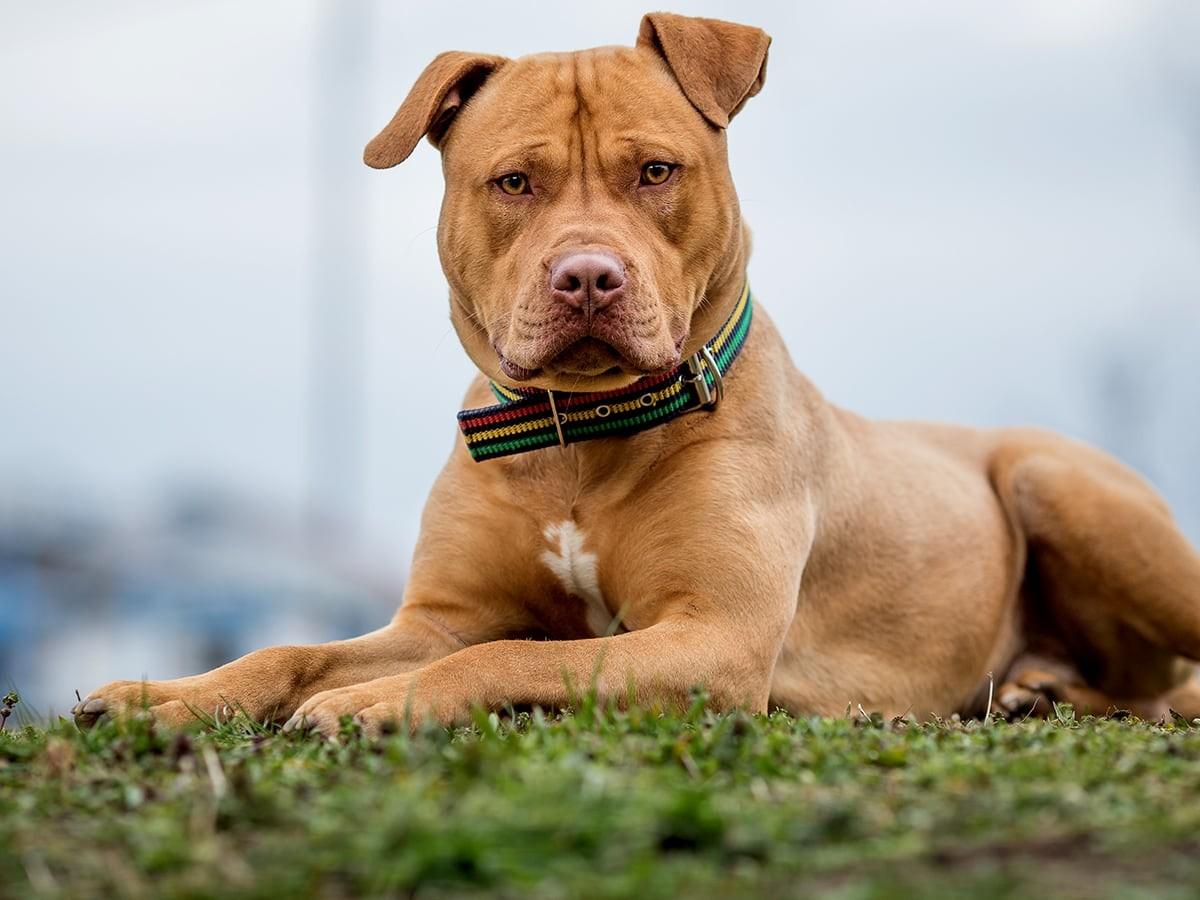
One of the most recognized bully breeds, the American Pit Bull Terrier is known for its strength, intelligence, and devotion. Despite a reputation clouded by misconceptions, this breed is naturally affectionate and eager to please, especially when raised with love and consistency. They excel in sports, obedience, and as loyal family companions.
Staffordshire Bull Terrier
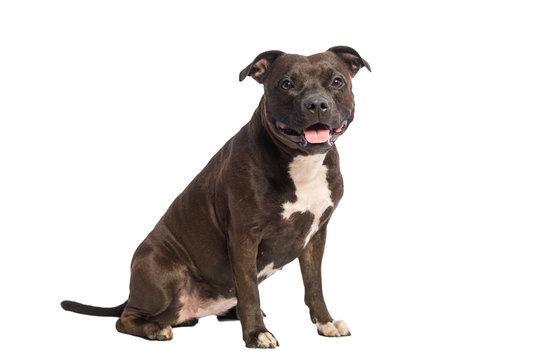
Often called the “Staffy,” the Staffordshire Bull Terrier is known for its courage, confidence, and cheerful personality. Compact and muscular, they’re known for their love of people—especially children. With the right socialization, they’re gentle, playful, and incredibly loyal to their pet parents.
American Bulldog
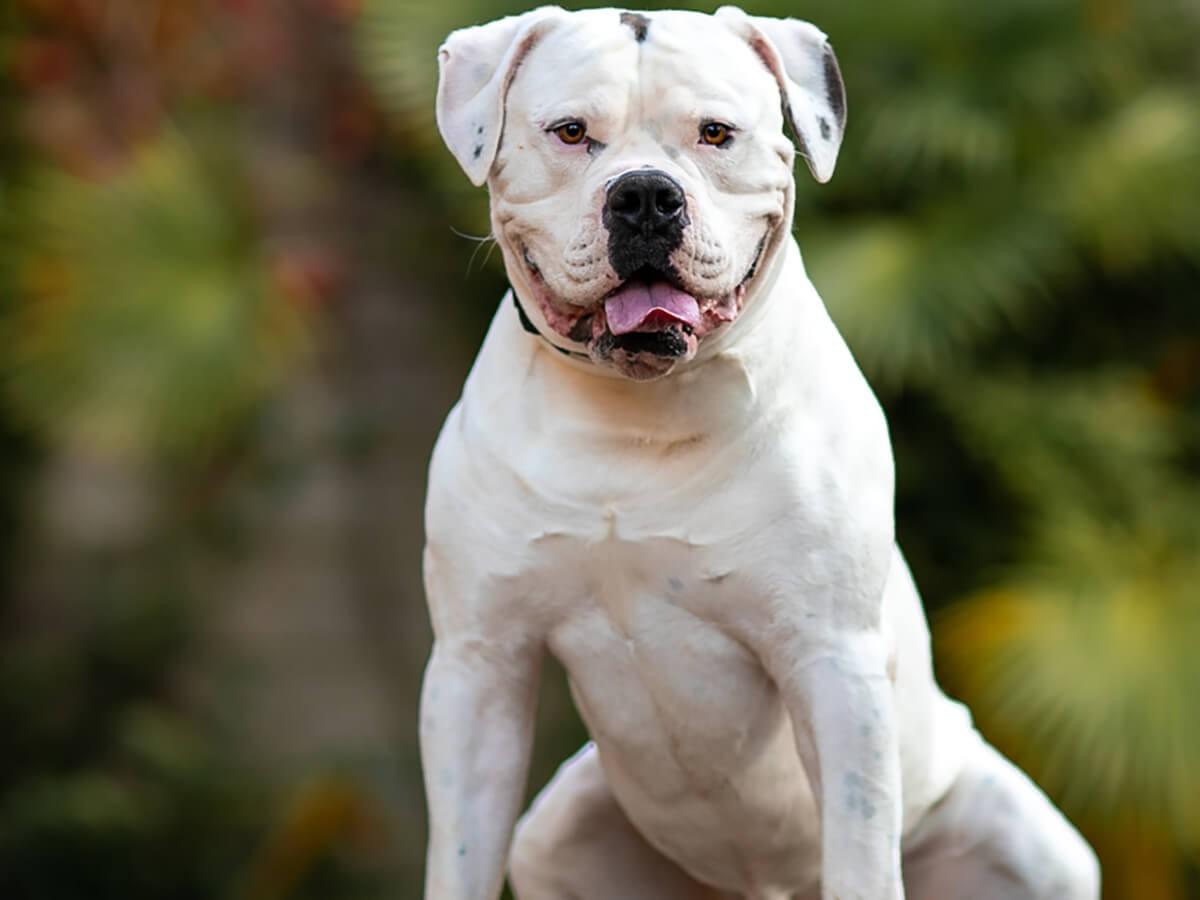
The American Bulldog is a powerful, athletic breed originally used for farm work and guarding property. Beneath their tough exterior is a loving, loyal dog that forms strong bonds with family. They’re protective and brave but also affectionate and playful when trained and socialized properly.
Boxer
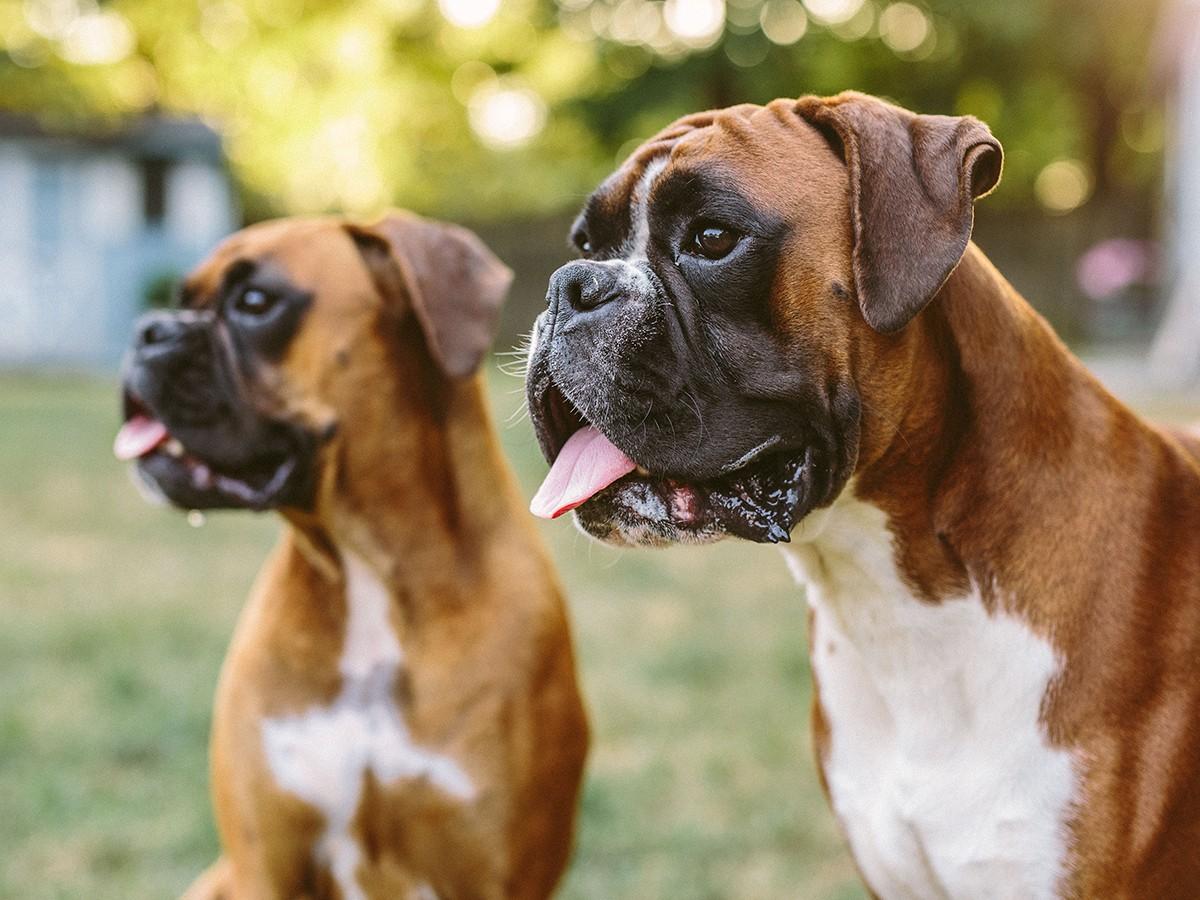
Energetic and outgoing, the Boxer is one of the most playful of all bully breeds. Known for their clownish personalities and expressive faces, Boxers thrive on human attention and can make great family dogs. They’re protective of their loved ones but rarely aggressive, preferring playtime and companionship over conflict.
English Bulldog
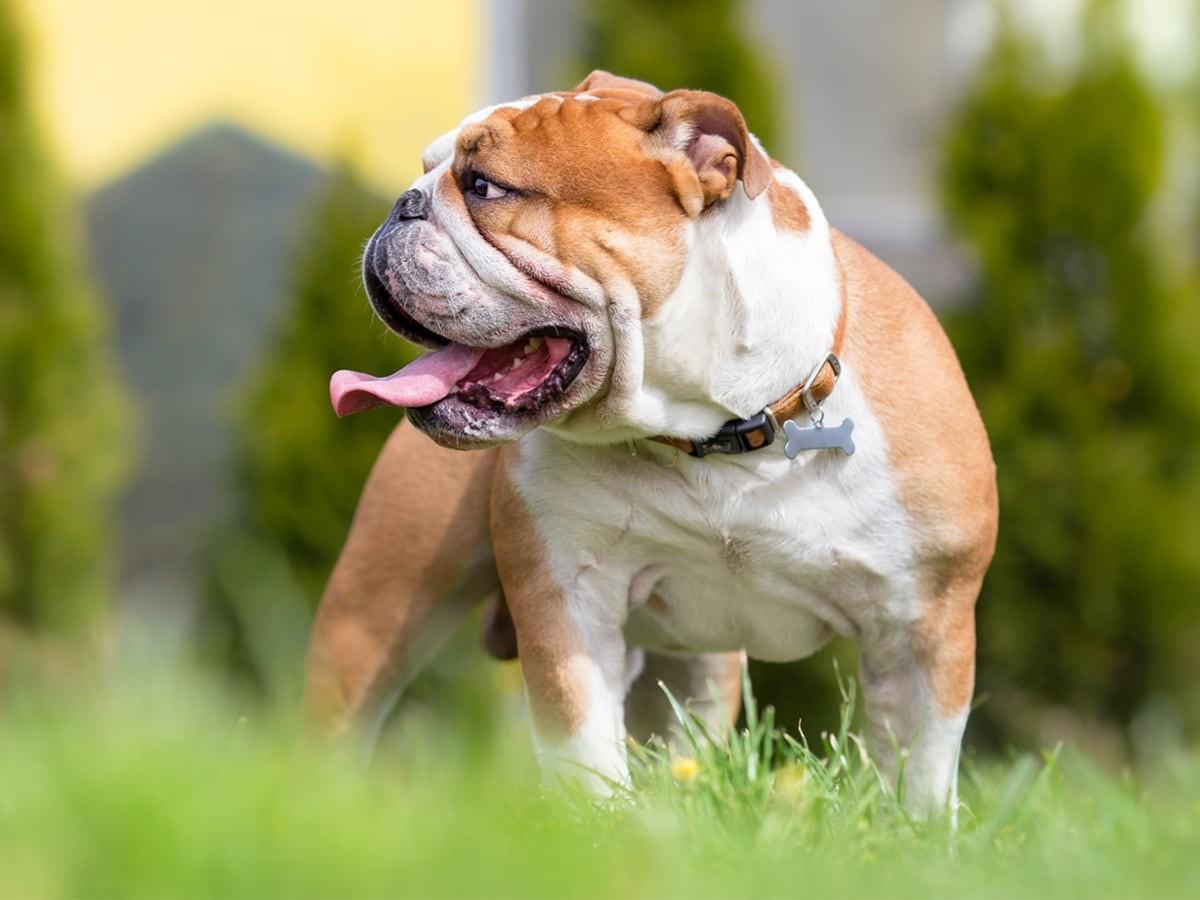
The English Bulldog is a symbol of determination and calm confidence. Stocky and low to the ground, they’re gentle, loyal, and affectionate. While they enjoy lounging more than running, their easygoing nature makes them wonderful companions for families and apartment living alike.
Boston Terrier

Known as the “American Gentleman,” the Boston Terrier is a small bully breed with a big heart. Recognized for their tuxedo-like markings and friendly personality, they’re charming, social, and adaptable. Boston Terriers are affectionate lap dogs that do well in both small spaces and active households.
Bull Terrier
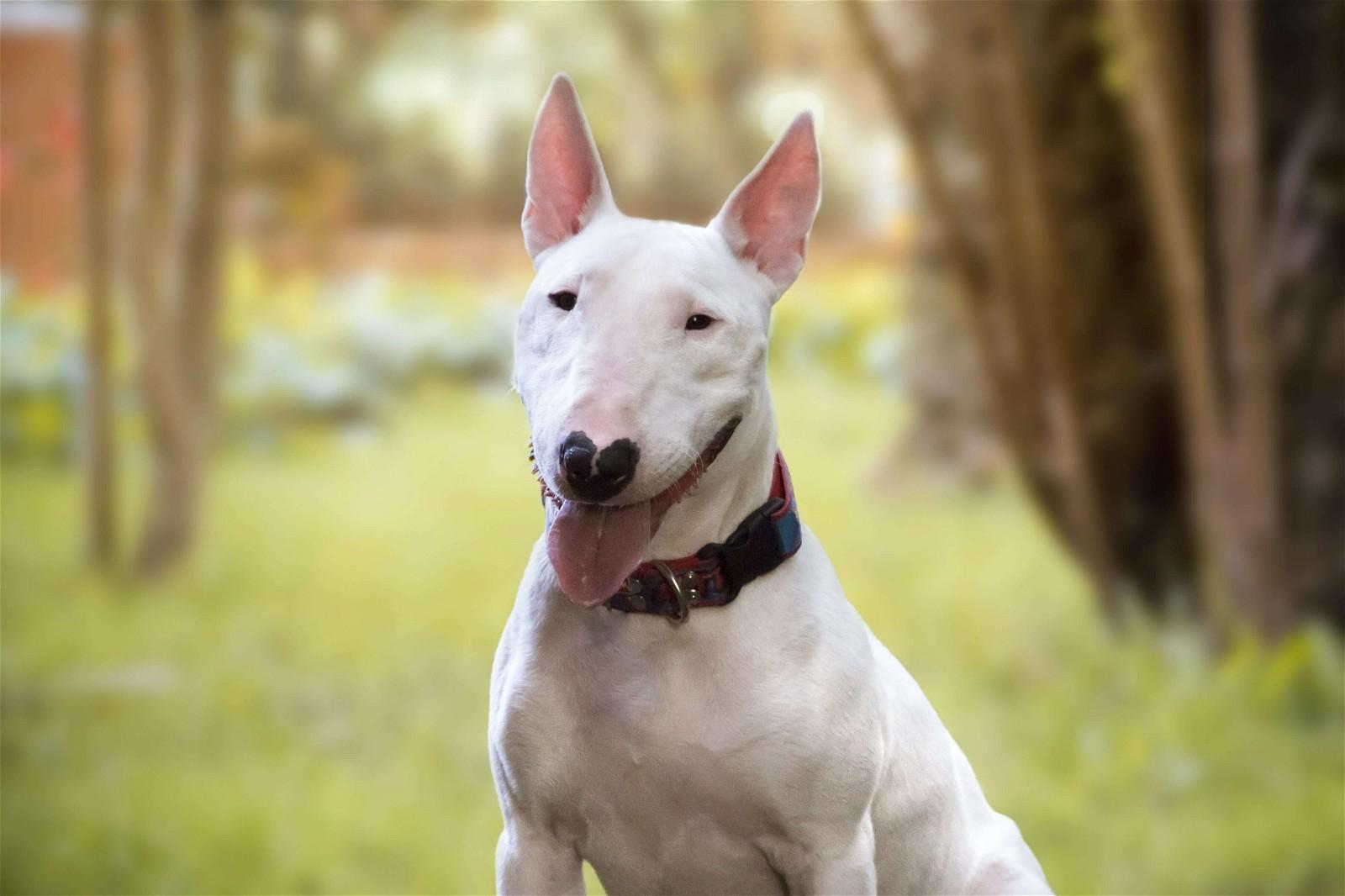
The Bull Terrier stands out with its distinctive egg-shaped head and energetic personality. They’re playful, spirited, and sometimes mischievous—but incredibly loyal and affectionate with their families. Their confidence and sense of humor make them one of the most entertaining bully breeds.
Cane Corso

The Cane Corso is a large Italian bully breed descended from Roman war dogs. Strong, intelligent, and deeply loyal, they’re natural protectors with a calm, confident presence. With experienced pet parents who provide structure and training, they can make devoted and loving companions.
Dogo Argentino

Originally bred in Argentina for big-game hunting, the Dogo Argentino is powerful yet gentle with family. They’re courageous, loyal, and intelligent, known for their deep attachment to their pet parents. With proper training, they can be both protective and affectionate household members.
French Bulldog

Small but full of personality, the French Bulldog has become one of the most popular bully breeds in the world. Known for their bat-like ears and charming nature, “Frenchies” are affectionate, easygoing, and thrive on companionship. They’re great for urban living and love spending time with their families.
Together, these bully breeds showcase the diversity within the group—from playful lapdogs to strong protectors. What unites them is their deep loyalty, affectionate nature, and desire to be close to the people they love.
While they share similar physical traits—like strong builds and broad heads—their personalities are often playful, affectionate, and loyal.
Why Are They Called Bully Breeds?
The term “bully” comes from the bull-baiting sport popular in historical England, where dogs were bred for strength and courage and competed against bulls in fights. After bull-baiting was outlawed in the early 19th century, these dogs were bred for companionship and work, not fighting2. Today, the “bully” name reflects heritage, not behavior.
Challenging the Myths About Bully Breeds
Despite what many people think, bully breeds are not naturally aggressive. Their temperament depends on training, socialization, and environment, not their breed alone. According to the American Temperament Test Society, bully breeds like the American Pit Bull Terrier consistently score within the top 20% of breeds evaluated1. These dogs are known for their loyalty, intelligence, and love for people—traits that make them excellent family companions.
Temperament and Behavior: What Pet Parents Should Know
Bully breeds are confident, outgoing, and people-oriented. They crave interaction and do best when they’re included in family life. With consistent training and positive reinforcement, they can be calm, obedient, and social.
Key traits:
Loyal and affectionate
Highly trainable and eager to please
Protective without being aggressive
They thrive with active pet parents who provide structure and daily exercise.
Are Bully Breeds Right for You?
Owning a bully breed means committing to regular training, exercise, and social time. These dogs need both mental stimulation and physical activity to thrive. Bully breeds are great for pet parents who:
Enjoy active lifestyles
Are consistent and patient with training
Want a devoted, people-loving companion
Common Health Conditions and Concerns in Bully Breeds
Like all dogs, bully breeds can be prone to certain health issues, especially those related to their build and genetics. Understanding these common conditions helps pet parents take proactive steps to keep their dogs healthy and comfortable.
Hip Dysplasia
Common in larger bully breeds like the Cane Corso5, American Bulldog6, and Boxer7, this condition affects the hip joint and can lead to stiffness, discomfort, or lameness. Regular exercise, a healthy diet, and early screening can help manage symptoms of hip dysplasia.
Expert Insights from Spot Pet Insurance: In 2025, the average pet insurance claim cost for hip dysplasia was $652*, underscoring the importance of having coverage for orthopedic conditions.
Patellar Luxation
More common in smaller bully breeds such as the Boston Terrier4, this condition occurs when the kneecap slips out of place. It can range from mild to severe and may require surgery in advanced cases.
Expert Insights from Spot Pet Insurance: The average claim cost for patellar luxation in 2025 was $995*, one of the higher orthopedic-related expenses among bully breeds.
Cataracts
Seen in breeds like the French Bulldog3 and Boston Terrier4, cataracts can cause cloudiness in the eye and lead to vision loss if untreated. Juvenile cataracts, in particular, may appear early in life.
Expert Insights from Spot Pet Insurance: In 2025, the average claim cost for cataract surgery was $706*, reflecting the need for timely veterinary care for affected dogs.
Skin Allergies
Especially common in French Bulldogs3, skin issues can result from food sensitivities, environmental allergens, or skin folds that trap moisture. Regular cleaning, balanced nutrition, and allergy testing can help manage these conditions.
Expert Insights from Spot Pet Insurance: The average claim cost for skin conditions in 2025 was $331*, making skin care an important part of routine health maintenance.
Frequently Asked Questions
What dog breeds make a bully? Bully breeds include the American Pit Bull Terrier, American Bulldog, Staffordshire Bull Terrier, Bull Terrier, Boxer, Bulldog, Boston Terrier, Cane Corso, Dogo Argentino, and French Bulldog. They all share ancestry from the ancient Molosser dogs.
Why are they called bully? The name “bully” comes from the old bull-baiting sport where dogs showed strength and courage. The term stuck, even though today’s bully breeds are known more for their loyalty than aggression.
Are Cane Corso bully breeds? Yes. The Cane Corso is considered a bully breed because of its Molosser heritage. It’s a powerful and intelligent dog that thrives with experienced pet parents who provide structure and training.
What are the four types of American Bullies? The four recognized types are Standard, Classic, Pocket, and XL American Bullies. They differ mainly in size and build but share the same affectionate and confident temperament.
More About Spot Pet Insurance
Pet insurance can help provide financial assistance for covered veterinary care in case of unexpected accidents, illnesses, or injuries. Our plans can help pet parents manage the eligible costs of covered veterinary care and help ensure that their pets can receive the best treatment possible. Here are some ways that Spot pet insurance plans can help:
Helps Cover Unexpected Veterinary Costs: Spot pet insurance plans help cover the eligible costs of unexpected veterinary treatments, such as emergency surgeries, X-rays, and prescription medications for covered conditions.
Customizable Plans: Choose your annual limit, reimbursement rate, and deductible from a range of options, and create the plan that will fit the needs of your pet and your budget.
Peace of Mind: With Spot pet insurance plans, pet parents can know that they can provide the best care for their pet with less worry about the cost.
To learn more about Spot Plans or to get a free quote, click here.
Key Takeaway
Bully breeds have been misunderstood for far too long. Behind their muscular builds and strong presence are loyal, affectionate dogs that love being part of the family. With proper care, training, and understanding, bully breeds can be some of the most rewarding companions a pet parent could ask for.

If you need a story or someone to talk to your cat like a person, I’m your person. With 3 cats, 1 dog, and a lifetime of pets, I write from experience, usually with a cat on my keyboard and a dog in my lap.
*Based on 2025 Spot Pet Insurance Services, LLC. Claims data
Pitbull Hero. “Temperament of Pit Bulls.” Pitbullhero.org, 15 Oct. 2025, pitbullhero.org/pit-bulls-temperament.
Flinchbaugh, Neil. “Which Dogs Are Considered Bully Breeds?” Bully Max, 22 Jan. 2025, shop.bullymax.com/blogs/news/which-dogs-are-bully-breeds.
American Kennel Club. “American Kennel Club.” American Kennel Club, www.akc.org/dog-breeds/french-bulldog/.
American Kennel Club. “American Kennel Club.” American Kennel Club, https://www.akc.org/dog-breeds/boston-terrier/.
American Kennel Club. “American Kennel Club.” American Kennel Club, https://www.akc.org/dog-breeds/cane-corso/.
American Kennel Club. “American Kennel Club.” American Kennel Club, https://www.akc.org/dog-breeds/american-bulldog/.
American Kennel Club. “American Kennel Club.” American Kennel Club, https://www.akc.org/dog-breeds/boxer/.











